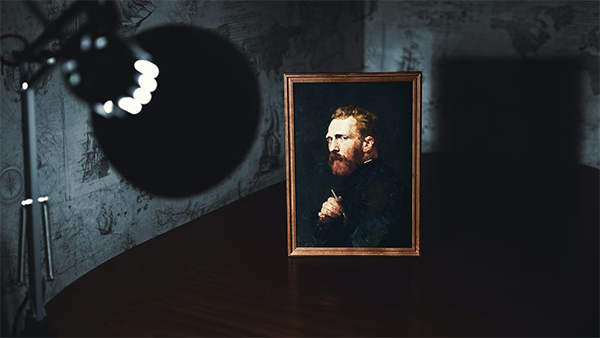The world of art has never been as accessible and global as it is today, with the market demonstrating incredible resilience and growing to over sixty-five billion dollars in sales from galleries, art fairs, and digital channels. However, even the most experienced enthusiasts find the prospect of auctions—which produce around twenty percent of sales annually—more than a little daunting. It’s also undoubtedly an exciting way for the acquisition of the desired pieces at market prices.
What are auctions?
Let’s begin with the basics: auctions are generally public events. Everyone can check the pieces that are for sale and choose whether or not to participate. Once the auctioneer’s gavel goes down, the cost of the object on display has been decided by those who want to have it, with the world in full view. But it’s vital to do your due diligence before registering to bid. Most auction houses publish their catalogs online a few weeks prior to the sale so buyers can go through the prices and information on the piece, its history, artist, and so much more.
How do you make smart bids?
As was mentioned previously, research is important when bidding on art pieces, from paintings to sculptures. But with a lot of information that you have access to online, it’s easy to get overwhelmed and make it hard to decipher the items that are worth purchasing and at the ideal prices. Thus, as is the case with any kind of investment, it’s worth seeking the counsel of people with knowledge and expertise on art to aid you in your deciding.
Don’t be afraid to communicate with the auction house’s staff too. Asking them questions, such as how they came up with the estimate for their offerings or if there are many bidders for specific items can help you make a more informed decision than you otherwise would have. Moreover, it’s worth consulting independent advisers as they’ll be more than happy to go through the catalog with you, provide more information on the pieces, and may even walk you to their presale exhibitions. Their services can be invaluable, especially with art from emerging artists.
Auction houses—the best source for art?
While there are many places to get art, auction houses remain one of the best ones. However, you still need some price guidance as the bidding competitions they hold can be as enticing as they are exciting. In 1852, one of the paintings of Murillo, Immaculate Concepcion, was auctioned. It was coveted by the Louvre, National Gallery, and Russia’s emissary at the time. It resulted in a bidding war that was won by the Louvre who paid £24,600 for it, which was the most substantial amount ever paid for art for a long time.
These days, records tend to fall more frequently than they did. Only a few years ago, a painting by da Vinci brought in a sale of four-hundred and fifty million dollars.
Conclusion
Bidding at an auction might be intimidating, but it doesn’t always have to be the case. So be sure to browse through the online auction catalogs, visit presale exhibitions, and get as much advice as you can on the pieces you desire. It will make a difference.
Photo Attribution:
1st and featured image from https://unsplash.com/photos/kJQ6cDyodAM
2nd image from https://unsplash.com/photos/vPVEi17PxMo

